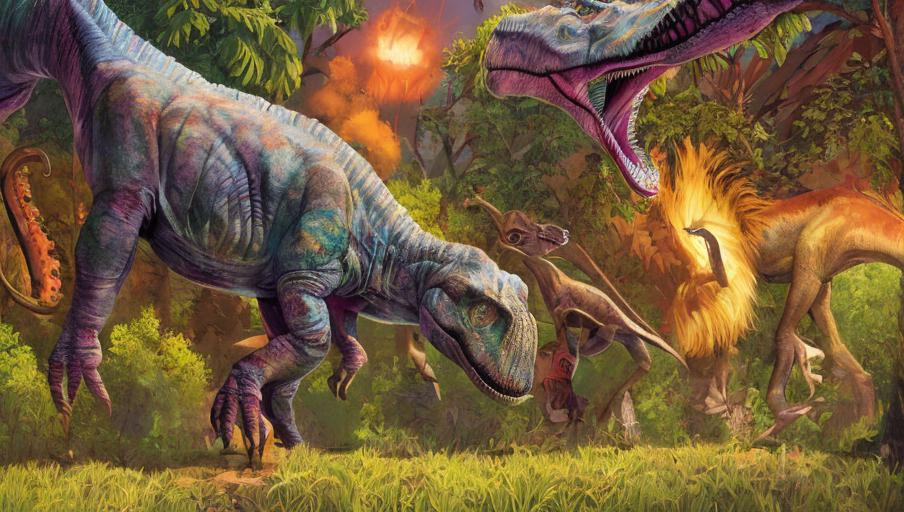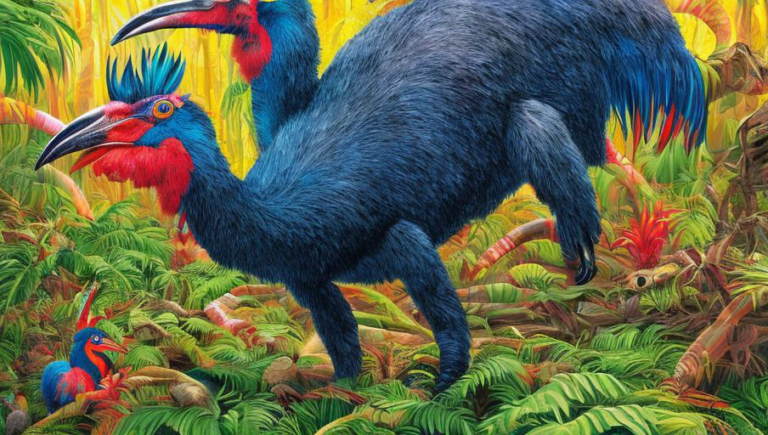Conservation Through Education: Understanding Dinosaurs and Their Habitats

Introduction
The dinosaur is a classic symbol of the prehistoric world, but what do we really know about these ancient creatures and their habitats? Although dinosaurs have been extinct for millions of years, understanding their life and the environment they lived in can help us to better comprehend the importance of conservation and environmental protection. This article will explore the history of dinosaurs, the environment in which they lived in, and the importance of conservation and education.
History of Dinosaurs
Dinosaurs lived during the Mesozoic era, which spanned from 246 to 66 million years ago. During this time, the Earth was a very different place with an immense variety of species. Dinosaurs were the dominant species and evolved into different forms over time. Some of the most well-known dinosaurs include the Tyrannosaurus Rex, the Triceratops, the Stegosaurus, the Apatosaurus, and the Velociraptor.
Dinosaur Habitats
The habitats of dinosaurs varied greatly, depending on the species. Some dinosaurs lived in forests and others in deserts. Some were aquatic and others were terrestrial. For example, the Brachiosaurus lived in the forest, while the Spinosaurus lived in a tropical climate. Additionally, dinosaurs lived in different parts of the world. Fossils have been found in North America, Europe, Africa, Asia, and South America.
Conservation and Education
It is important to understand the history and habitats of dinosaurs in order to appreciate the importance of conservation and education. By understanding the environment in which dinosaurs lived and the challenges they faced, we can better understand the importance of protecting our own environment and the species that inhabit it. It is also important to educate people about the importance of preserving habitats and the consequences of environmental destruction. This understanding can help us to make better decisions about our actions and their impact on the environment.
Conclusion
Dinosaurs were an important part of our planet’s history and understanding their habitats and the challenges they faced can help us to appreciate the importance of conservation and environmental protection. Education about the environment and our actions can help to protect the species that inhabit it. By understanding the history and habitats of dinosaurs, we can better understand the importance of conserving our own environment and the species that inhabit it.





